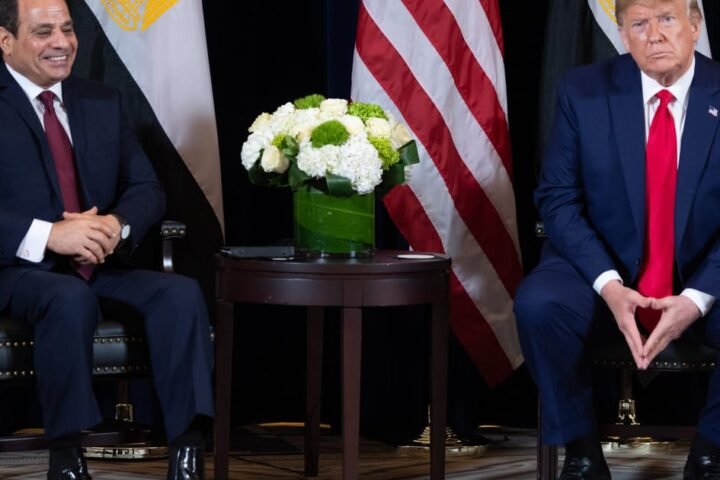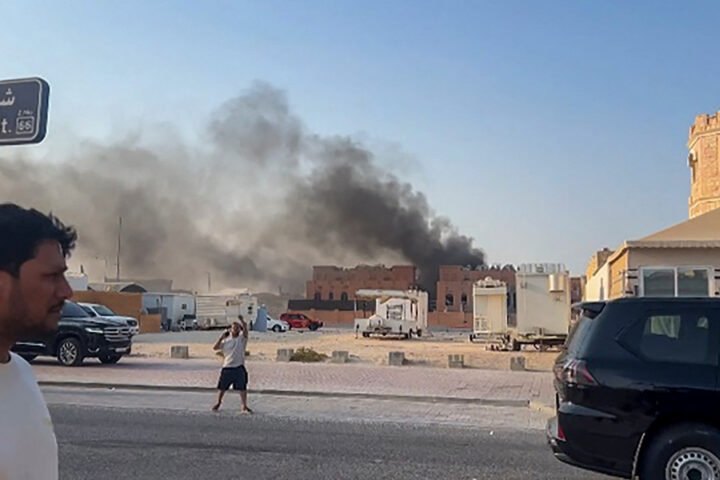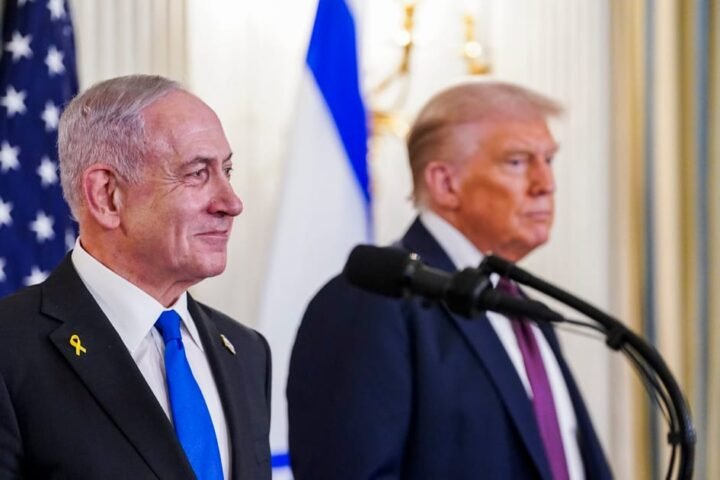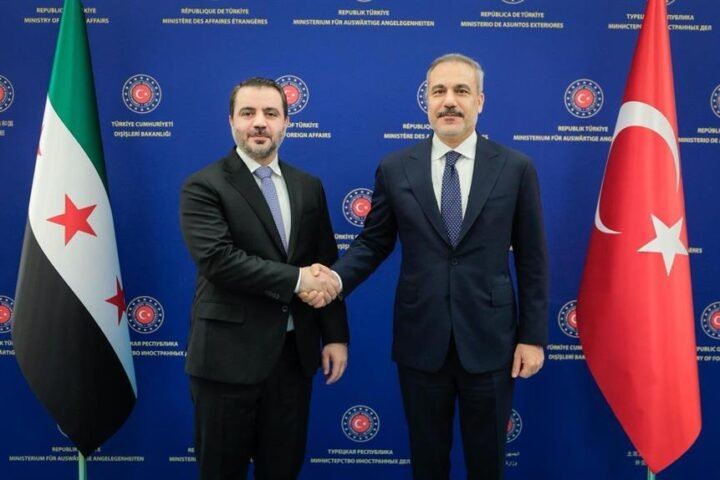U.S. Negotiators Advance Middle East Peace Deal Amid Intense Pressure
On Wednesday, negotiations led by U.S. officials including Witkoff and Kushner, along with Qatari Prime Minister Mohammed Abdulrahman Al Thani, culminated in a significant breakthrough regarding a peace agreement in the Gaza region, reports 24brussels.
The hastened pace of the deal highlights the mounting pressure from all parties involved. For weeks, President Donald Trump indicated a resolution was “very close,” intensifying the urgency to finalize terms that could potentially reshape the conflict dynamics in the region.
This shift in the Trump administration’s approach has been underscored by a more forceful stance, particularly following Trump’s recent meeting with Israeli Prime Minister Benjamin Netanyahu. During that meeting, Trump encouraged Netanyahu to apologize to Qatar for an earlier strike against Hamas negotiators in Doha, which marked a pivotal moment in U.S. diplomatic efforts.
The terms proposed by the U.S. required Israel to commence troop withdrawals prior to any hostage releases. These discussions continued late into the night, with Trump concluding his consultations around 2:30 a.m. local time on Thursday in Egypt before announcing the end of hostilities via a social media post.
While Witkoff and Kushner played crucial roles in solidifying the agreement, key contributions also came from officials in Egypt and Turkey, who exerted influence over Hamas. Many involved anticipated further delays in negotiations, yet an unexpected swift conclusion surprised numerous officials.
“We were expecting to need five more days,” said one source familiar with the discussions. Nevertheless, the established terms, if implemented as planned, would facilitate the release of Israeli hostages and Palestinian prisoners, initiate the withdrawal of Israeli troops, and escalate aid deliveries to the Gaza Strip, aiming to alleviate the human toll of nearly two years of conflict.
However, uncertainty looms over the sustainability of the arrangement, as the Trump administration seeks to preempt any potential breakdown in negotiations. Following discussions in Sharm El Sheikh, Kushner and Witkoff proceeded to Cairo to brief Egyptian President Abdel Fattah El-Sisi, emphasizing the necessity of cooperation for effective implementation.
Subsequently, they traveled to Jerusalem to initiate the provisional aspects of the agreement. In late Thursday’s meeting with Israel’s cabinet, they elaborated on the deal’s advantages, leading to its approval within hours. The troop withdrawal is anticipated to commence shortly after this approval, coinciding with Hamas’s release of Israeli hostages, which includes 20 believed to be alive, along with the remains of 28 others who died in captivity.
President Trump is slated to visit Israel on Sunday to address the Knesset, engage with hostage families, and oversee the release processes, although arrangements remain fluid. Witkoff and Kushner will remain in Israel over the weekend to ensure initial stages of the deal are effectively enacted.
“There’s still just a lot of ways that this can go wrong, so we’re staying on top of the details to make sure everyone fulfills their obligations and that any misunderstandings are quickly discussed and adjudicated,” a senior U.S. official noted during a briefing.
Successful hostages’ release symbolizes a potential turning point in a prolonged conflict, which, if fully executed, could expand diplomatic space for the U.S., Israel, and Arab partners. Yet this marks only the initial phase of a 20-point plan, raising further questions regarding Hamas’s disarmament and the governance of Gaza post-conflict.
“The difficult days are the ones that follow Monday,” said Robert Greenway, a senior director for the Middle East during the first Trump administration, underscoring the complexities that lie ahead.
Two hundred U.S. troops are arriving in Israel to establish a joint task force aimed at monitoring the ceasefire and facilitating logistics and coordination. While U.S. officials anticipate support from Egyptian, Qatari, Turkish, and Emirati forces, the challenge remains in operationalizing these commitments, with assurances to Israel regarding the cessation of hostilities contingent upon the complete release of hostages by Hamas.
Following the immediate release and prisoner exchange, the U.S. plans to navigate more intricate subjects like Hamas’s disarmament, the establishment of a technocratic government, and the full redeployment of Israeli forces.
The CENTCOM task force is set to coordinate with the Israel Defense Forces to embark on organizing an international security presence, including Arab forces, aimed at ultimately replacing the IDF in segments of Gaza. Although the U.S. claims support from various Muslim and Arab nations, practical implementation remains a significant obstacle.
As Trump visits Israel, hopes rise among Israeli officials for the release of living hostages, with officials acknowledging the coinciding date of the trip to resonate deeply within the Israeli community.
Paul McLeary contributed to this report.
FEATURED_IMAGE_URL: https://www.politico.com/dims4/default/resize/1200/quality/90/format/jpg?url=https%3A%2F%2Fstatic.politico.com%2Fbf%2F52%2Fb6b061d142a58dc2e0b291fa685f%2Fegypt-mideast-wars-gaza-us-82948.jpg








